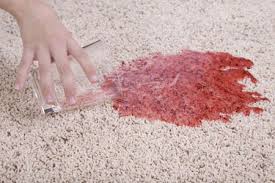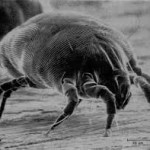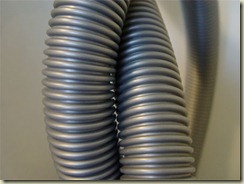Carpet stain removal can be a challenge. To get the best results, avoid these top 5 carpet stain removal mistakes:
- Start spraying chemicals – Please DON’T do this! It is unnecessary if you act quickly in removing the stain. Using a dry towel, tamp down and absorb as much of the stain first, or scoop or scrape up as much as you can. Over loading stain with chemicals is a sure way to set stains and make them harder to remove. Only after you have done this should you introduce chemicals. Use measured amounts, being sure to rinse the chemicals out so if the stain persists, you are not mixing chemicals by trying different products together. Leaving chemical or soap residue will only attract dirt faster once the area is dry.
- Use heat on stain – The default should ALWAYS be to USE COOL WATER.
Carpet Stain Removal Mistakes Using heat on some stains, like dairy products, will set them. Certain stains will respond to warm or hot water but if you do not know what the stain is use cool water always.
- Scrubbing scrubbing scrubbing – BE GENTLE. When cleaning, we often scrub the back and forth action which works well when you are cleaning pots and pans, but it just doesn’t work for carpets. Most carpets have an underlay. The scrubbing and pushing action just pushes the stain deeper into the carpet and underlay. You have to be thinking about how to lift the stain from the carpet. Vigorous scrubbing only makes it harder to remove.
- Leave stain 100% of the time, LEAVING THE STAIN UNTIL LATER WILL MAKE IT HARDER TO REMOVE. In the worst-case scenario, if you have to leave a spill on carpet, place a dry towel on top of a spill so some of it can soak into the towel. And only use a white or light colored towel to avoid any possible color transfer from the towel to the carpet. Leaving stain to dry will set the stain most of the time.
- Not pre-testing – When using any new cleaning chemicals, ALWAYS PRE-TEST in a small, inconspicuous area of carpet. You always want to be sure the cleaning chemicals won’t react with carpet and cause damage to the surface you are cleaning.
Check out this tip on how to clean urine from carpets.





